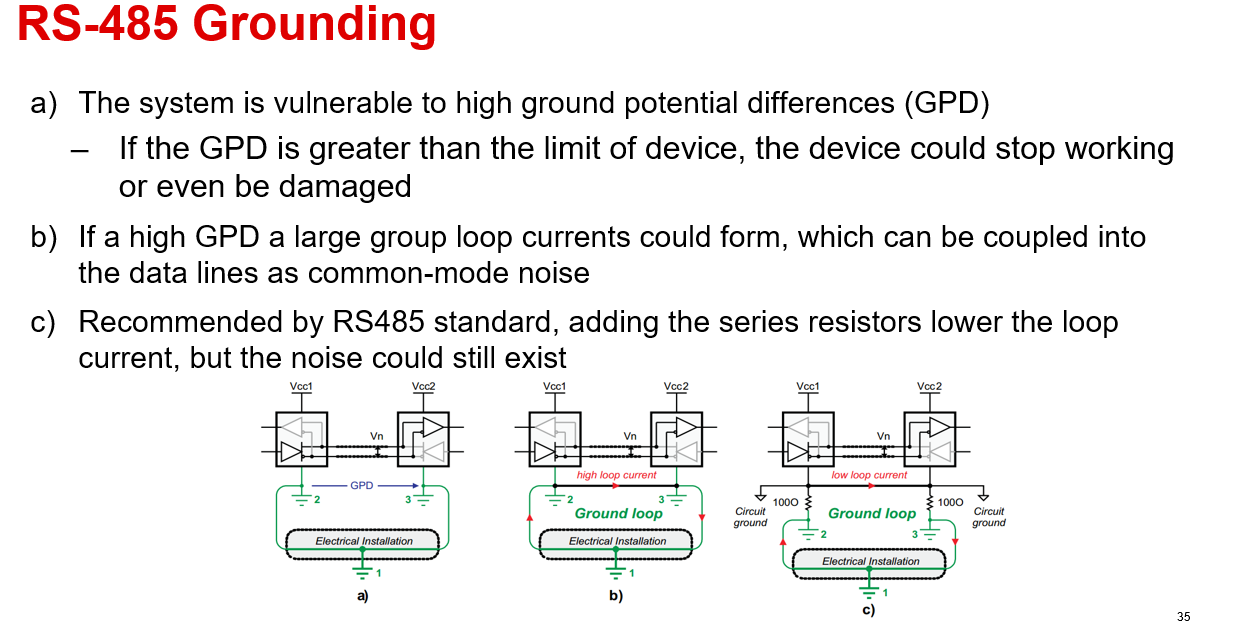Other Parts Discussed in Thread: THVD1410, THVD2450, THVD1450, , ISO15
Hi Team,
Our customer is looking for a replacement to SN75HVD12D. The product page of SN75HVD12D suggested THVD1410, THVD1450 and THVD2450. According to our customer,
We have been trying some alternatives to this IC in a BUS RS485 communication and somehow this is the only IC that works: in conjunction with switching power supplies, this is the only one that "resists the disturbances". Is it possible to pinpoint what makes it so special, especially for finding a TI replacement?
Regards,
Danilo


